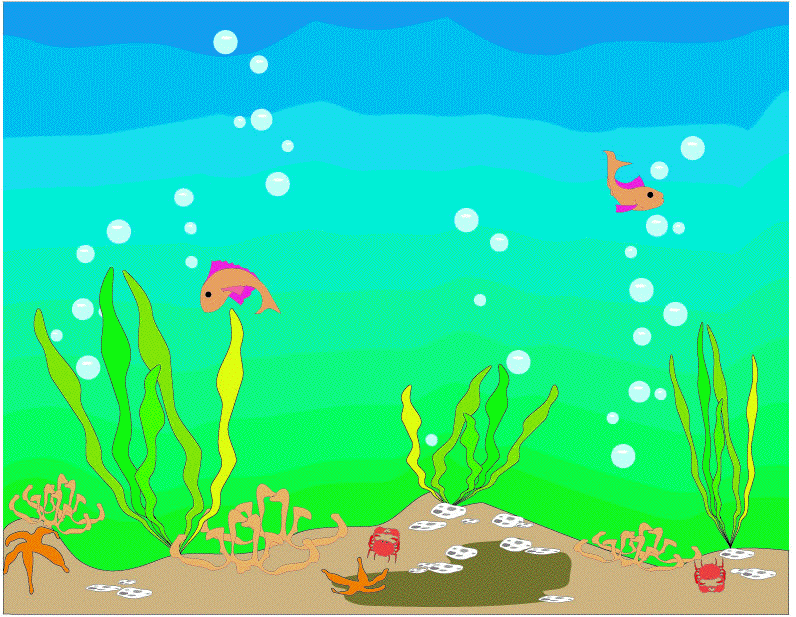

Goals:
Resources:
Materials:
Time:
Procedure:
Examples:
Continental Margins
continental slope- much more steep (drops an average of 70 m per 1000 m), averages 20 km in width, often contains deep submarine canyons that may or may not be extensions of major river valleys on land and often are the locations of underwater landslides, or turbidity currents.
continental rise- gently sloping (6 m per 1000 m),
contains deep layers of sediment as it accumulates here
after moving down the continental slope.
Ocean Basin Floor
abyssal plain - flat areas of the deep ocean floor that are formed when sediment covers any irregularities or rough spots on the ocean floor; these are the most level surfaces on the earth's surface.
trenches - deepest parts of the ocean; long narrow features; up to 11,000 meters below sea level.
seamounts - found on the abyssal plains, underwater
volcanoes that sometimes reach the surface of the ocean and
rise above sea level.
Note: these are brief descriptions and the students
may or may not find much more detail, depending on the
resources available.
Part II - Construction of Continental Margin Model
* The concept of ocean salinity has been introduced and covered in the Ocean Currents lesson of this unit. If this particular lesson is observed in isolation, the reader may want to refer to the lesson on Ocean Currents.
Part III - Ocean Deposits
Part IV - Ocean Waves![]()
Have the students choose the WAVE HEIGHT - 1995
category. This category displays the monthly variations
for the year 1995 of the global distributions of average wave
heights. Instruct the students to look at each
month in detail, to compare the months with one another, and to
record their observations in their lab write-ups.
Part V - Tides
Part VI - Descriptive Paper
Possible Extensions:
Back to Outline
Caribbean Cruisers - developed by Sara Bork, Carrie Kriescher, Candice Murphy, & Melissa Randall